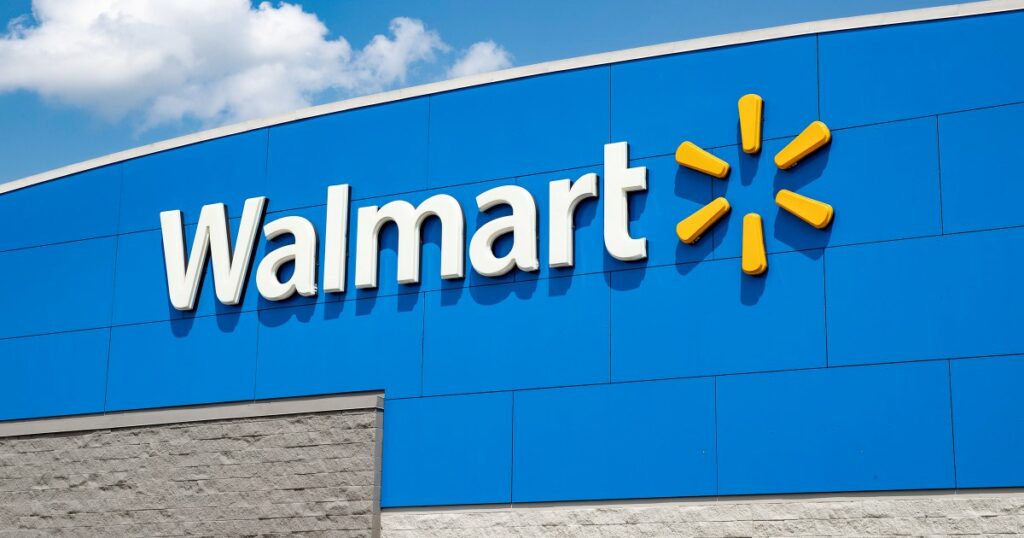Amazon’s Sustainability: The Good & The Bad
Is Amazon sustainable? On Karma Wallet, we rate them a .5/16 for their social and environmental initiatives. Here’s why!
June 15, 2023

Amazon is the world’s largest corporate purchaser of renewable energy. They routinely brag about their sustainability commitments, and have a yearly Sustainability Report. But are they really stepping up in the sustainability space? Let’s dive into the truth about Amazon’s sustainability: what they’re doing right and what they’re doing wrong.
The Bad
Unfair Labor
Amazon has been in the news routinely for unsafe and unfair working conditions. More than 1.5 million people now work directly for Amazon in the USA – with 1,137 fulfillment centers in North America.
With their fast growth came a number of complaints and reports. Most recently, the US Labor Department accused Amazon of failing to keep warehouse workers safe Here’s just a few of the issues:
- Amazon has been accused of underpaying employees and thwarting union attempts
- High productivity goals led to unsafe conditions, with warehouse and delivery employees getting hurt or injured trying to meet unreasonable quotas
- Amazon has an annual turnover rate of ~ 150% for warehouse employees, and the average warehouse employee only works there 8 months
And that’s just a small portion of the problem.
They’ve also been cited by OSHA and protested against by their own employees.
Supply Chain
Amazon has minimal protections for the people and communities that are part of their supply chains are treated fairly.
By 2021, they outlined expectations for their suppliers and providers – but these Worker Voice Criteria are not enforced or meaningfully regulated.
Now in 2022, the company’s suppliers were linked to forced labor camps using Uyghur laborers in China.
Back In 2020, 8% of Amazon’s supply chain partners had labor issues related to “Freely Chosen Employment” – up from 3.2% the year before.
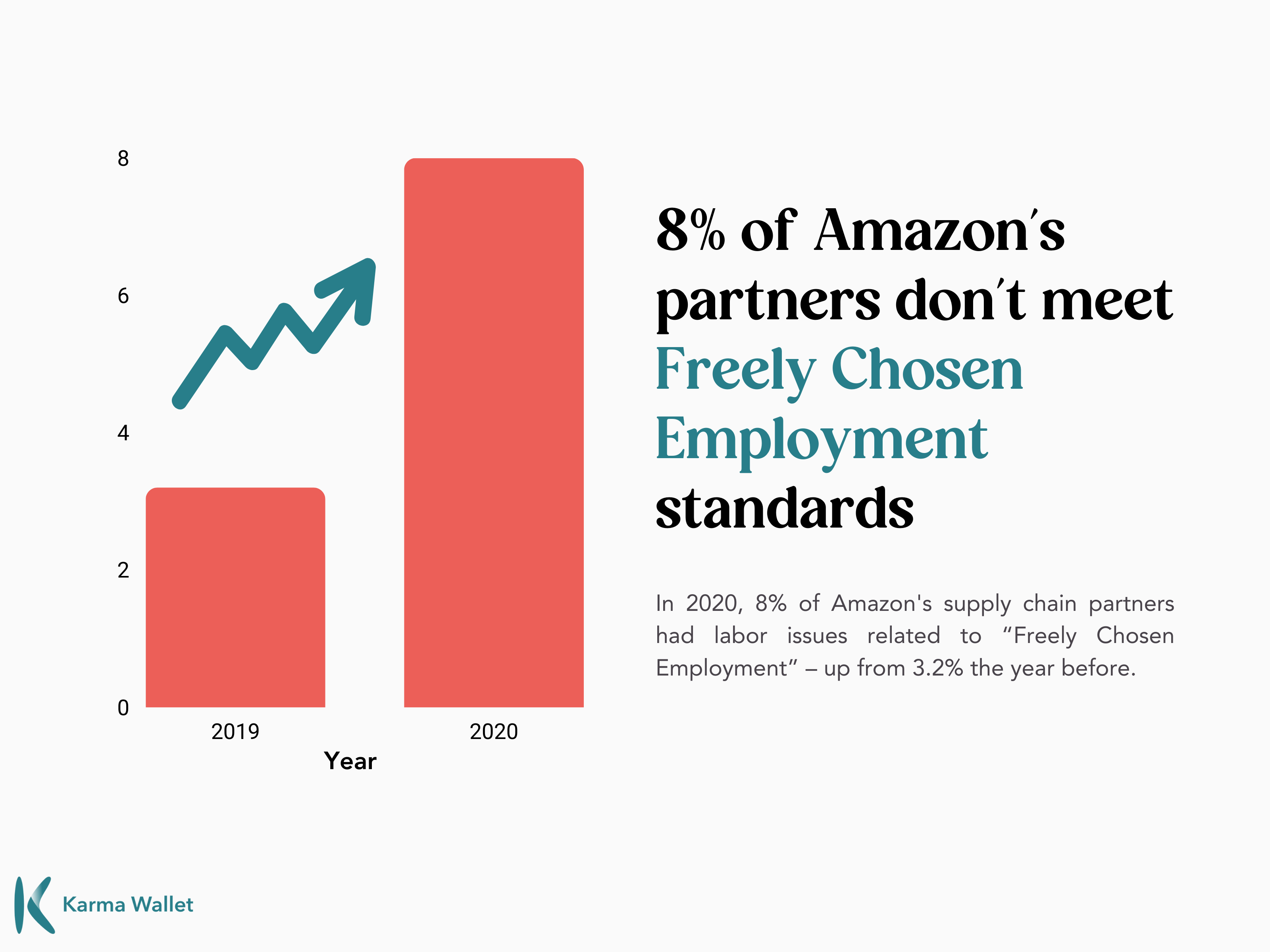
Carbon Footprint
Amazon’s e-commerce business is the most obvious culprit for creating greenhouse gasses. However, Amazon Web Services (AWS) data centers also produce a significant amount of pollution.
In 2021, Amazon created 72 million metric tons of carbon dioxide.
That’s six times more carbon than the entire country of Afghanistan that year.
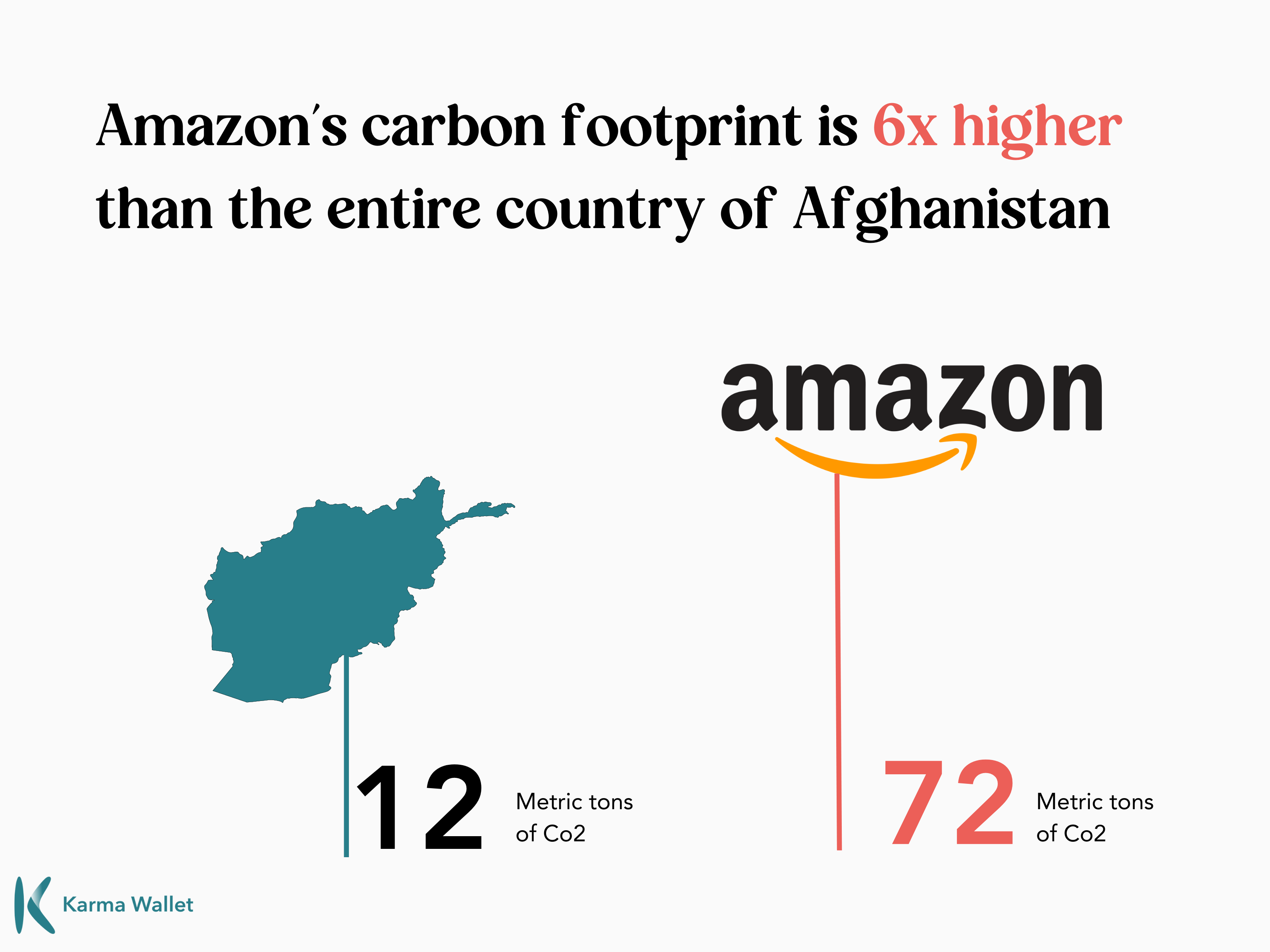
It was the second year in a row that Amazon’s climate pollution grew by double digits. This comes just 2 years after its climate pledge to beat the Paris climate goals by 10 years.
At this rate, the idea of Amazon reaching net-zero carbon emissions by 2040 sounds preposterous.
Amazon has a huge footprint on the planet – including carbon emissions, packaging, and treatment of workers in the USA and abroad.
The Good
Renewable Energy
Did you know that Amazon is the largest purchaser of renewable energy and will operate with 100% renewable energy by 2025?
That’s 5 years ahead of their original target of 2030.
In 2021, renewable energy reached 85% of their business, with 20+ Gigawatts of total renewable energy capacity (2023). They have global renewable energy projects from South Africa to Japan to Europe and beyond.
With these projects, they prioritize fair labor and community building. For example, their South African project is owned and operated by local black women.
Sustainable Packaging
Online shopping comes with packaging that otherwise wouldn’t exist if you shopped in person. Amazon often uses excessive plastic packaging, or oversized boxes for small orders.
They acknowledge that customers want to move towards a circular economy with “recyclable packaging that minimizes waste”.
Here’s some of what they’ve done to meet that need:
- Since 2015 they’ve reduced per-shipment packaging weight by 38%, and eliminated over 1.5 million tons of packaging.
- 2 million of their products qualify for Frustration-Free Packaging (FFP) which offers fully recyclable, more sustainable packaging.
- They have replaced nearly 70% of their bubble mailers (which can’t be recycled) with recyclable paper padded mailers.
- “Amazon Day” lets customers choose a day of the week to get all of their packages.
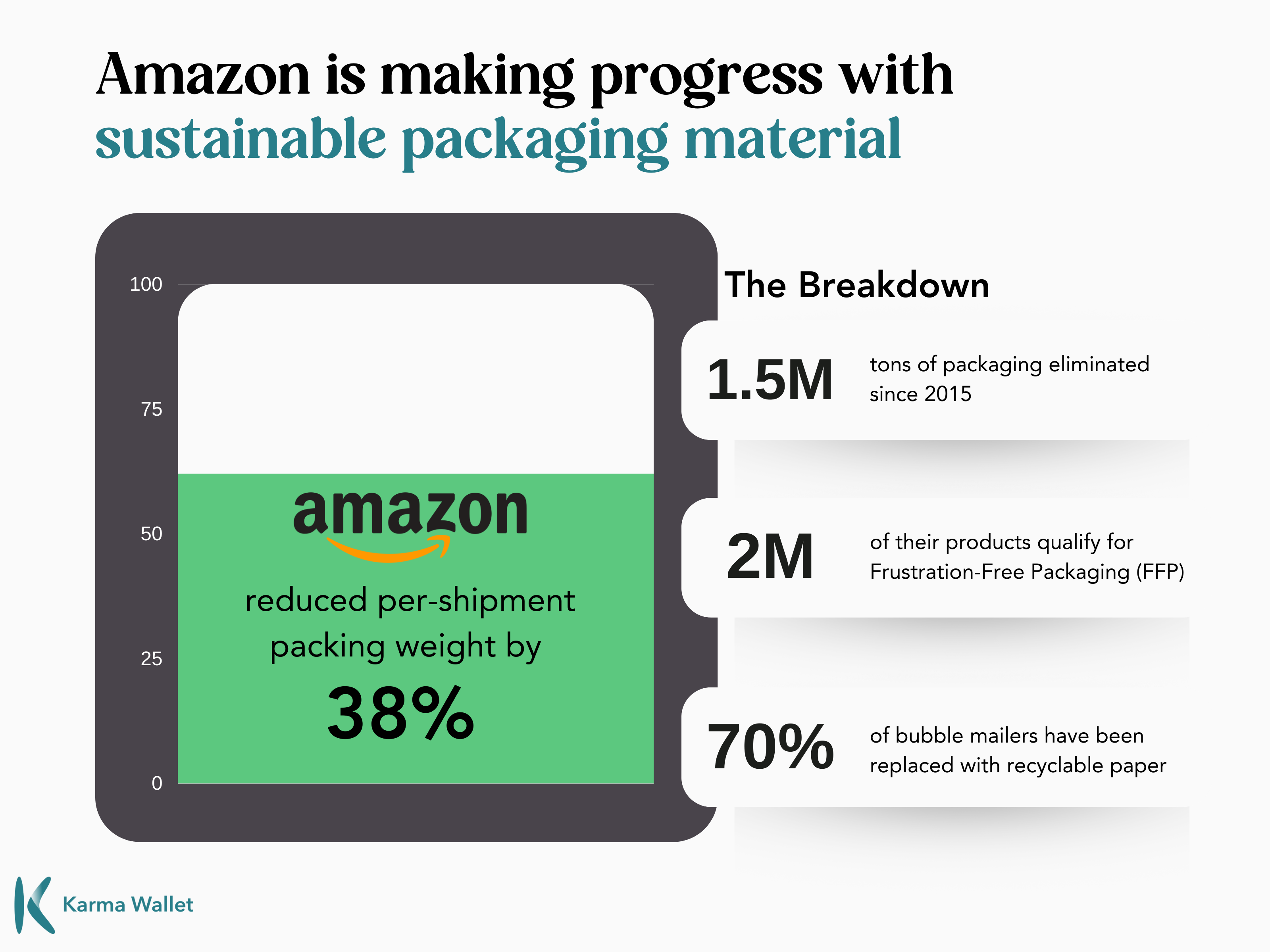
Transportation
Amazon’s net-zero delivery vehicles have already delivered 100M+ packages.
The company plans to make 50% of shipments carbon neutral by 2030. To reach that goal, they invested $1B in a fleet of electric delivery vehicles in October 2022.
In denser cities like NYC, cargo bikes and walkers have delivered 30M packages.
Amazon is also investing in alternative fuels, like aviation fuel, which can reduce flight emissions by up to 20%.
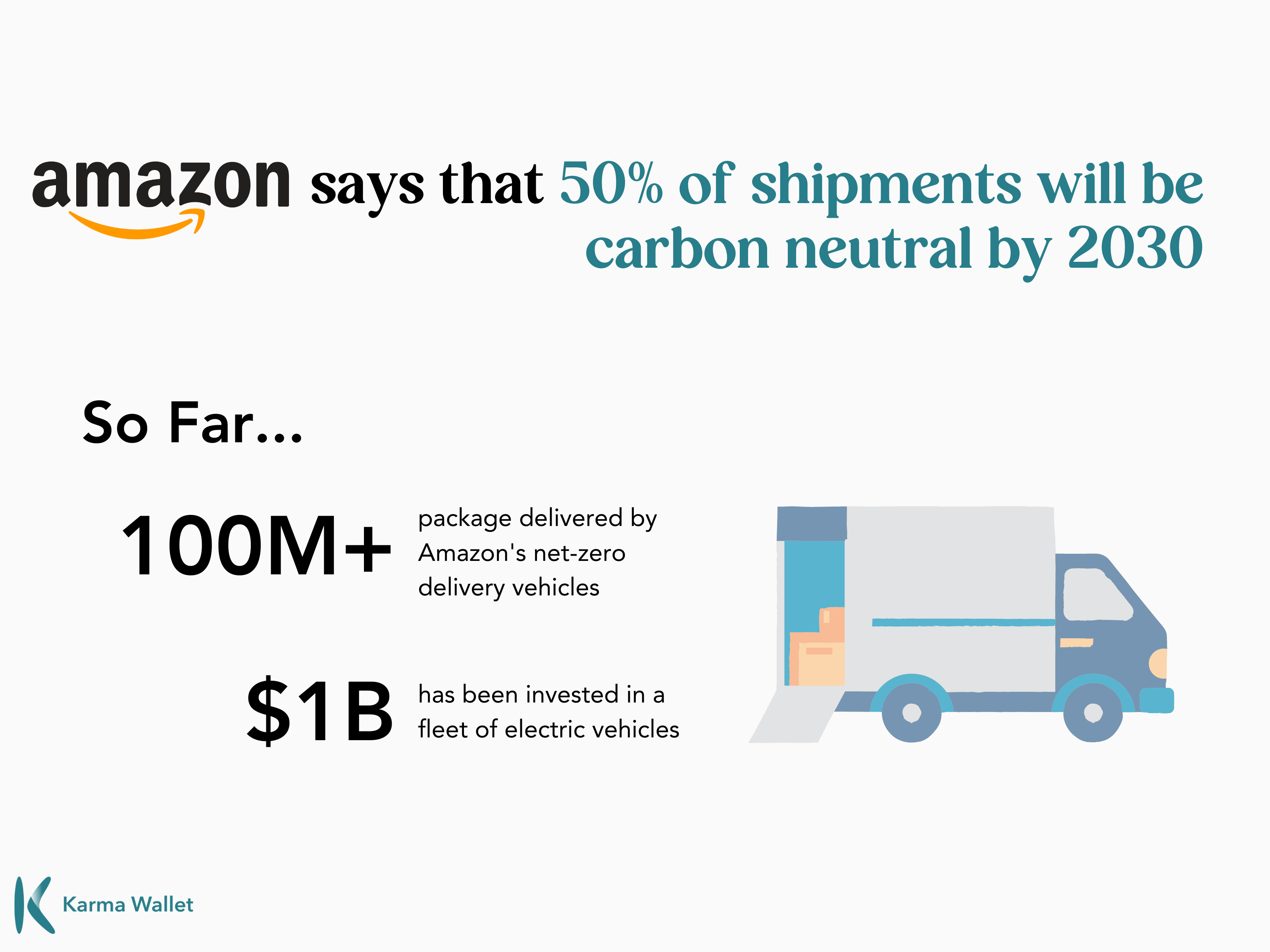
Amazon’s Sustainability Overall
Amazon’s sustainability goals are something they talk about a lot. And it seems that they are doing a lot, but not enough. They have a long way to go to become a sustainable business.
They’re on track to become the world’s largest employer, and their impact reaches nearly every corner of the globe. Despite their commitments made in 2019, they have a lot more work to do.
At Karma Wallet, we expect businesses to take a long-term mindset and create a better world for future generations.
That’s why we rate Amazon as an 0.5 out of 16. Explore their Company Report card below!







